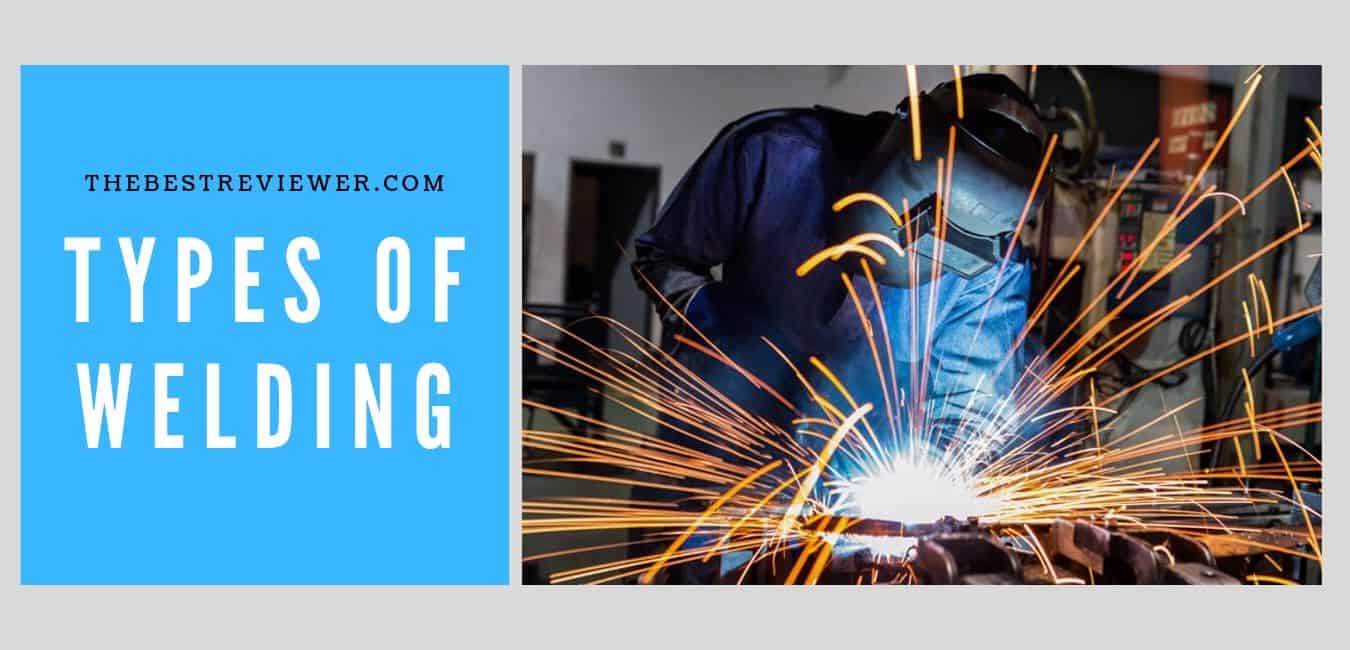Precision welding is not a particular welding process, but rather a set of welding technologies that operate at a micro level to deliver quality welds. Precision welding is used in circumstances where otherwise are difficult to get from the conventional methods of welding.
Most of the advanced forms of welding processes fall in the category of precision welding. Micro welding refers to technologies and equipment designed especially for performing, as it suggests, micro welding on tiny, thin, and delicate parts by using tightly controlled heat energy.
Contents
1. Needs and Advantages of Precision welding
Precision welding technology is not a particular welding process, rather a set of welding technologies that work at micro level and deliver quality welds, which otherwise are difficult to get from the conventional methods of welding.
Most of the advanced forms of welding processes fall in the category of precision welding. Few examples of precision welding process are as follows:
- Pulsed laser welding
- Gas Tungsten Arc Welding
- Micro Resistance Welding
- Micro Ultrasonic Welding
Precision welding technology is the need of the hour, as the experts confess! In the wide array of fields like, defense, aerospace, medical, plastic injection molding, machining, casting, airbag, calibration, and other custom instrumentation industries, the need of precisely made welds is utmost, and it simply can’t be ignored.
- You may like: How to weld rods.
Research laboratories and institutes also have unavoidable need of precision welding equipment and its application in various kinds of instruments and equipment.
One of the major advantages of precision welding technology is it reduces cost of the welding process, the weld produced is of topmost quality and the wastage is far less as compared to conventional processes of welding.
Need of precision welding technology
The need of precision welding appears obvious and immediate, as there is a large demand of micro products such as batteries, capacitors, sensors, pressure devices, light-bulb filaments, vacuum tubes, thermocouples, metal bellows and seals, and surgical instruments, which can’t be produced without the help of micro or precision joining processes.
The most popular processes used for precision welding are gas tungsten arc welding (GTAW), also known as tungsten inert gas (TIG); and plasma welding.
These processes have advanced in their effectiveness and applications with the thickness of 0.003″ can be welded using precision welding processes.
- You may like: Best cheap welder reviews and buying guide.
Space technology, aircraft, and medical instruments are the most important areas, where the science dealing with welding processes concentrates their efforts.
Precision and micro welding are truly the most fitting welding processes that have fulfilled the demands perfectly and they continue to grow!
Micro-Precision Welding
Precision welding technology has advanced more to create another niche in welding, known as the combination of two types that we have talked about earlier-micro-precision welding. Micro welding is an emerging technique for repairing damaged, worn, or faulty work-pieces.
- You may like: How to weld metal.
This technique allows small amounts of metal to be applied to the work-piece surfaces without causing significant thermal changes to the parent material, which is the most critical point for any welding process. Filler wires as fine as 0.005 inch can be used. Very, very small pieces can be joined together using the micro-precision welding process.
Advantages of precision welding
Some of the salient advantages of precision welding technology are given below:
- Precision welding process provides quick and efficient weld quality, which is required in almost all the advanced fields of technology.
- Lesser wastage of material is involved in precision welding.
- Micro and intricate shapes can be welded and very fine pieces of metal and other materials can be joined successfully.
- Precision welding provides high productivity and reduced cost for its operation.
- The heat-affected-zone (HAZ) around the welded joint is far less, which helps in making a stronger and defect-free weld joint.
2. Micro Welding – What it means
Micro Welding, also known as precision welding, refers to a set of technologies and equipment designed especially for performing welding operation on tiny, thin, and delicate parts by using consistent and tightly controlled heat energy.
The welding metal gets deposited on the joint in the form of very fine lumps. The process is designed for micro jobs, as the name itself suggests, but the quality and product function remains integral after the process has been performed.
- You may like: Which one is strongest MIG or TIG ?
Usually, it is required that the micro welding equipment’s are capable of locating the hardware itself for welding components of miniature devices and other applications. This technique is created in the design of the process of itself and requires precision to get the job done.
The energy is deposited on the specified space to create a weld, and also no interference is acceptable.
Processes applicable to micro welding
- Resistance
- Flash
- Arc- includes TIG, MIG, and plasma
- Laser
Resistance Micro Welding
It is a type of micro welding process in which different set of equipment’s is used. To perform spot or seam welding, the equipment used in micro welding is miniaturized and is used to perform all the functions for welding, which include holding parts to be welded between the electrodes, and application for pressure; flow of current as per scheduled.
All the newly developed equipment’s are capable for monitoring all mechanical and electric parameters of weld.
Flash Micro Welding
Chains of precious metals can be manufactured with the help of flash micro welding machines, which work automatically and are easily available. These machines include full application of hot junction of thermocouple wires.
Arc Micro-welding
Arc Welding, the miniature versions of Micro-welding, includes pulsed power supplies of fractional amperage, which are capable of precise control; specially designed mini torches suitable to perform metal deposition of fine drops in the desired area.
In this process no damage is there to the surroundings, as the input of heat is minimal, and it is one of the finest forms of the micro welding.
- You may like: Underwater welding!
With the help of arc micro welding it is easy to repair parts that are difficult to weld; assemble tiny elements into complex structures of hardware; tools of high alloy steel or expensive molds.
Laser Micro Welding
Laser welding employs small solid-state sources having fractional power to perform the task. However, applications that can be integrated into automatic operations are most suitable applications of laser micro welding. This type of micro welding also delivers one of the finest qualities of welded joints.
Micro Welding-Applications
Some of the applications of micro welding are given below. However, there can be some combinations or alteration of these applications, which usually are employed for miniature work.
It is clear that micro welding has multiple types and, therefore, the applications are also multiple involving different fields of technological functioning. Some of them are:
- Aerospace items
- Batteries
- Dental appliances
- Electronic instrumentation
- Jewelry
- Lighting assemblies and lamps
- Medical implants
- Sensing devices

